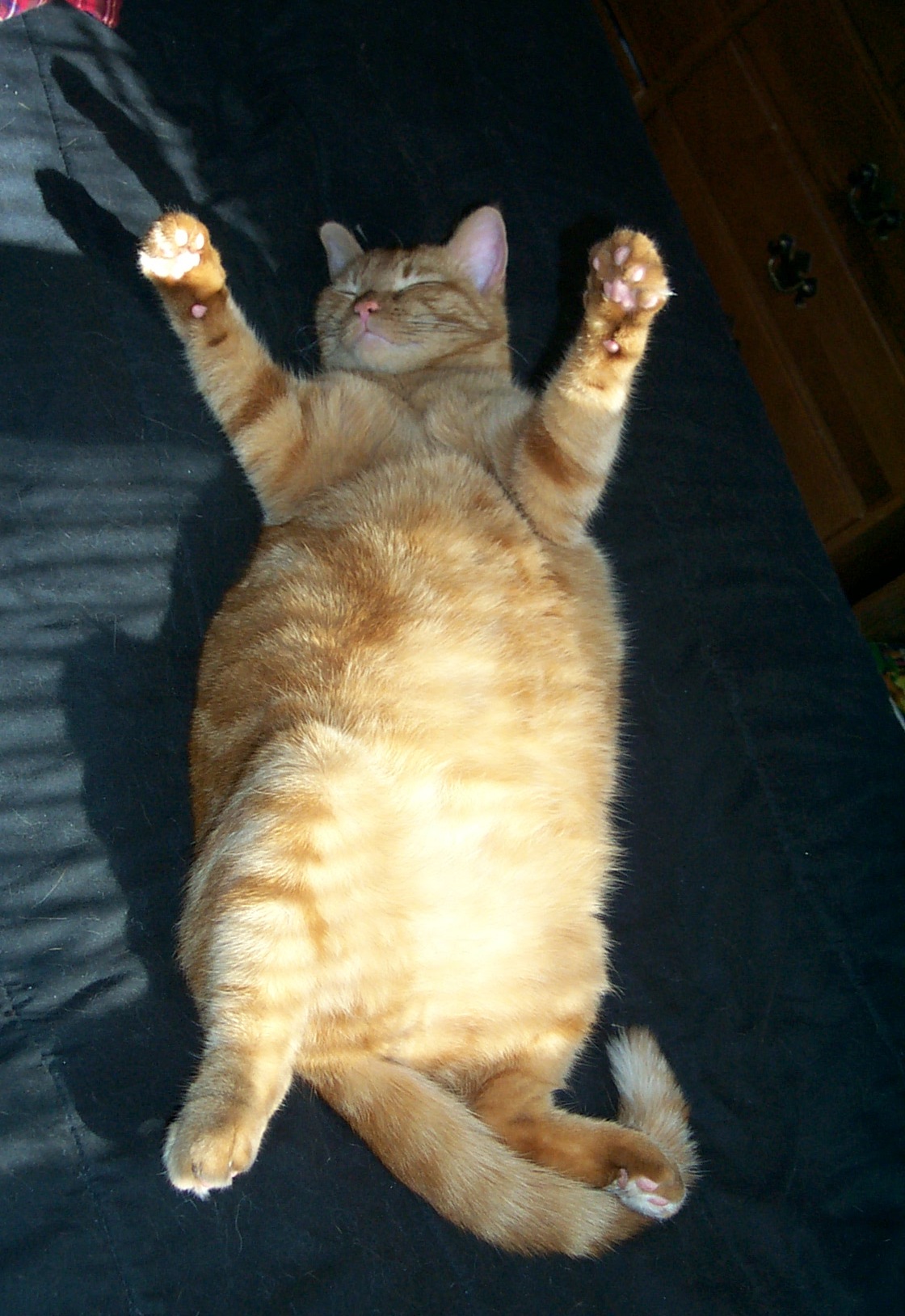You brought your pet into the vet for a basic annual wellness exam and they recommended transitioning to a specific prescription diet that can only be bought from very specific places and requires a prescription. Is it worth it for your pet?
There are prescription diets available for a wide variety of conditions. Kidney failure, diabetes, allergies and urinary issues are probably the most common reasons a veterinarian will prescribe a specific diet. The idea behind these diets are to try and help the ailment metabolically to delay, prevent, or avoid long term or even lifelong medications.

Kidney failure is commonly seen in our older cats and dogs. This happens when the kidneys start to be less effective at removing the toxins from the blood. When these toxins start to build up it can cause our pets to feel quite nauseous. As a result of this nausea they tend to not want to eat very much, vomit frequently, and just generally don’t feel very good. Diets specifically designed to support the kidneys are created with lower protein, phosphorus, and sodium with enhanced palatability. This helps alleviate the strain on the kidneys as they filter out wastes and encourages appetite to prevent muscle loss. By easing the strain on the kidneys it allows them to not continue to be damaged as fast and can help keep your pet feeling better, longer.

Diabetes is a lifelong issue for many pets. Commonly caused by excessive weight, it requires insulin injections on a regular basis as well as very closely monitoring dietary intake. Diabetic specific foods can help regulate glucose production to maintain it at a more steady state. This can reduce the need for high doses of insulin and rechecks as well as help to get them regulated faster. Insulin can be very costly to purchase so if you are able to use less over your pet’s lifespan that can help with cost as well.
Allergies are a very frustrating condition for our pets and for ourselves. Food allergies are only one component of allergies but certainly one that we can have pretty good control over. Blood tests for food allergies are notoriously difficult to receive accurate results. The best way to truly diagnose a food allergy/sensitivity is with a diet elimination trial. This does require a commitment both financially and through habits at home. Allergen friendly foods sold through vet clinics are highly regulated and made on exclusive machinery. This exclusivity means you can know there is no chance of cross contamination with any other ingredients and is a true elimination diet, but it also means higher cost. If your pet’s allergies are able to be controlled through diet it can mean a reduction in other allergy medications and antibiotics to treat the skin infections that commonly accompany allergic flares.
Urinary issues are much more common in our pet cats but dogs can be affected as well. The most common issue is the formation of urinary crystals that can promote infections and lead to bladder stones. Urinary stones can block the passage of urine and the inability to urinate becomes a medical emergency. The urinary specific diets help to modify the pH of the urine in order to prevent crystals from forming. If you have a pet that is prone to crystals you can save a lot in the long run by modifying their diet to prevent future issues.

Overall, putting your pet on a specific prescription diet may be an expensive choice but the hope is that the benefit outweighs the cost. Prevention of further medical issues through dietary modification can be of great assistance for our pet’s health. The benefits hopefully include fewer medical visits, fewer long term medications, and a happier, healthier pet.
Article written by: Heather
1 Picture Published by https://commons.wikimedia.org/wiki/User:Diti under the Creative Commons Attribution 2.0 France License. No changes made.
2 Picture originally taken from Flikr post by Sebastian Wallroth on 1/26/2014, published under the Creative Commons Attribution Generic 2.0 License. No changes made.
3 Picture published under Pixabay License. No changes made.